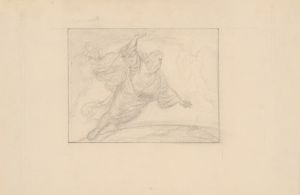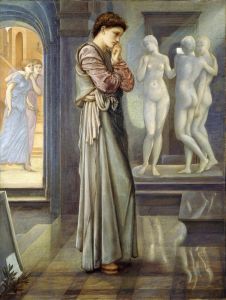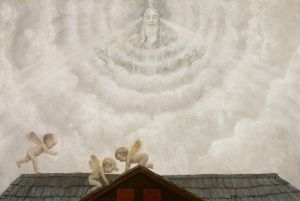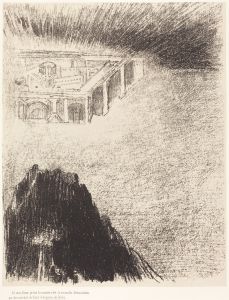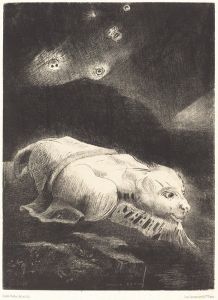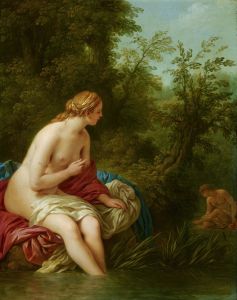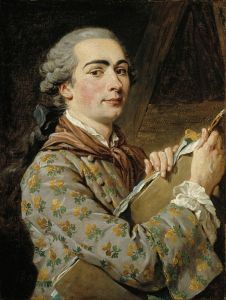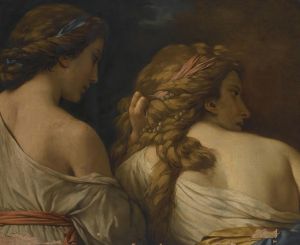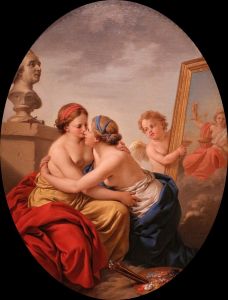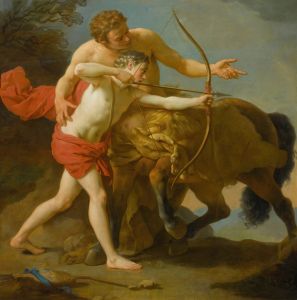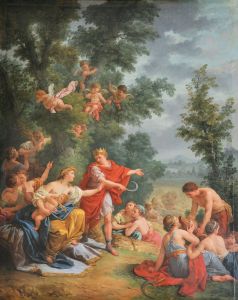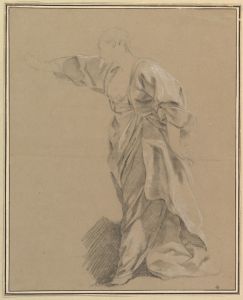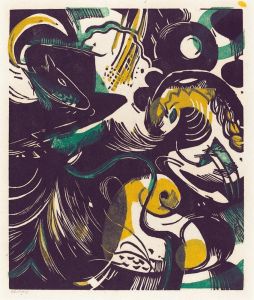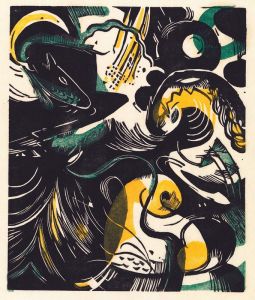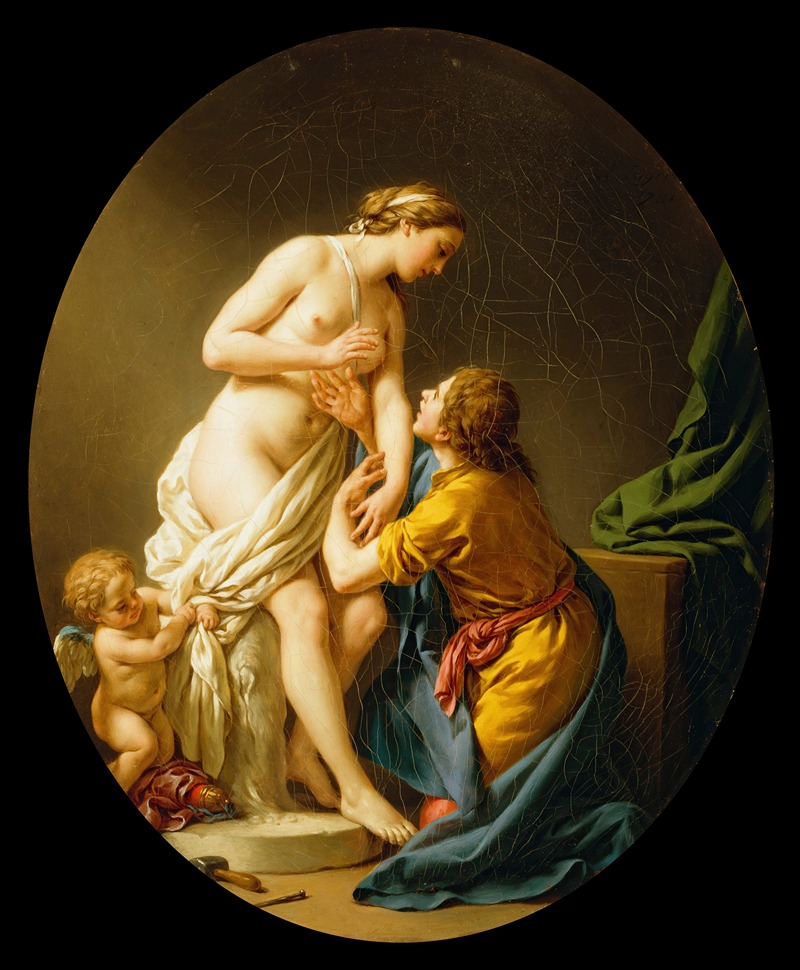
Pygmalion and Galatea
A hand-painted replica of Louis-Jean-François Lagrenée’s masterpiece Pygmalion and Galatea, meticulously crafted by professional artists to capture the true essence of the original. Each piece is created with museum-quality canvas and rare mineral pigments, carefully painted by experienced artists with delicate brushstrokes and rich, layered colors to perfectly recreate the texture of the original artwork. Unlike machine-printed reproductions, this hand-painted version brings the painting to life, infused with the artist’s emotions and skill in every stroke. Whether for personal collection or home decoration, it instantly elevates the artistic atmosphere of any space.
Louis-Jean-François Lagrenée's painting "Pygmalion and Galatea" is an exquisite representation of the classical mythological theme, capturing the moment of transformation and divine intervention. Lagrenée, a prominent French painter of the 18th century, was known for his Rococo style, which often included mythological and historical subjects. His works were characterized by their elegance, refined technique, and the delicate portrayal of figures.
The painting "Pygmalion and Galatea" draws its subject from Ovid's "Metamorphoses," a Latin narrative poem that has been a rich source of inspiration for artists throughout history. The myth of Pygmalion tells the story of a sculptor who falls in love with a statue he has carved. Disenchanted by the imperfections he perceives in real women, Pygmalion creates an ivory statue representing his ideal of womanhood, which he names Galatea. He becomes infatuated with his creation, treating it as if it were alive, and prays to Venus, the goddess of love, to bring the statue to life.
Lagrenée's depiction captures the pivotal moment when Venus grants Pygmalion's wish, and Galatea is transformed from ivory to flesh. The painting is celebrated for its graceful composition and the tender interaction between the figures. Pygmalion is often shown in a state of awe and admiration, while Galatea is depicted in the initial stages of awakening, her features softening from the rigidity of sculpture to the warmth of life. Venus, as the divine facilitator of this miracle, is typically portrayed overseeing the scene, adding a celestial dimension to the earthly love story.
Lagrenée's work is noted for its use of light and color, which enhances the ethereal quality of the mythological narrative. The soft, diffused lighting and the harmonious palette contribute to the dreamlike atmosphere, emphasizing the miraculous nature of Galatea's transformation. The artist's attention to detail and his ability to convey emotion through gesture and expression are evident in this painting, making it a quintessential example of Rococo art.
The painting reflects the 18th-century fascination with classical antiquity and the Enlightenment's interest in themes of creation and transformation. It also aligns with the period's artistic trends, where mythological subjects were popular among patrons and artists alike. Lagrenée's interpretation of the Pygmalion myth not only showcases his technical skill but also his ability to imbue a timeless story with a sense of immediacy and intimacy.
Louis-Jean-François Lagrenée was an influential figure in the French art scene, having studied at the prestigious Académie Royale de Peinture et de Sculpture. He was appointed as a court painter and held various significant positions, including director of the French Academy in Rome. His contributions to art were recognized during his lifetime, and his works continue to be appreciated for their elegance and refinement.
"Pygmalion and Galatea" remains a testament to Lagrenée's mastery of the Rococo style and his ability to bring mythological tales to life through his art. The painting is a celebration of love, creativity, and the power of transformation, themes that resonate across cultures and eras.





